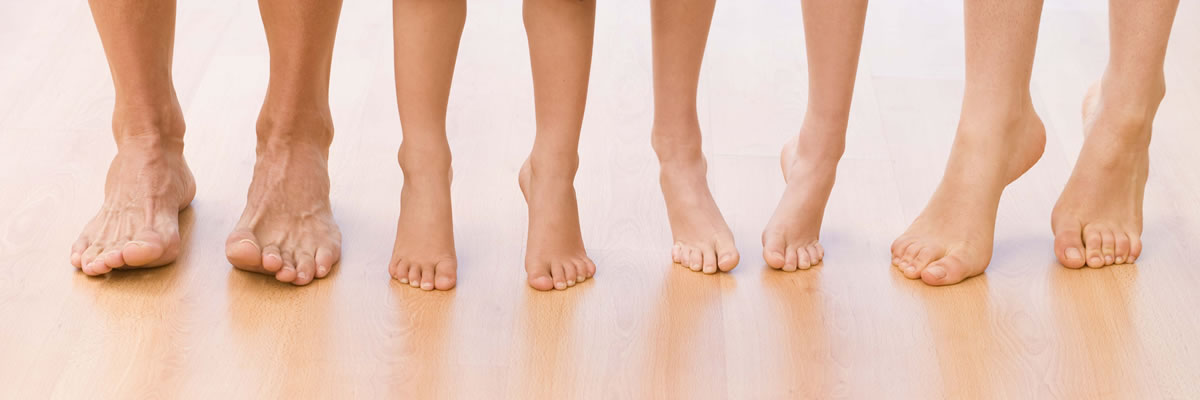Stiff Big Toe Joint
The base of the big toe is an important joint as it bends every time a person takes step. The stiffness in the joint may make it painful and difficult to walk. This joint is known as metatarsophalangeal or MTP joint. This joint is covered by a smooth articular cartilage and regular wear- and-tear or injury damages this cartilage causing the raw bone ends to rub together. Sometimes, a bone spur or overgrowth developed on the top of the bone prevents the toe from bending while walking. This condition is known as Hallux Rigidus and is found in adults at the age of 30-60 years. Though it is not known why it affects only some people, it is believed that an injury to the toe or differences in foot anatomy which increase stress on the joint may be the reason.
Symptoms
- Pain in the joint when you push-off on toes while walking.
- Swelling around the joint.
- A bump developed on the top of the foot.
- Stiffness in the big toe that makes it difficult to bend the toe up or down.
Diagnosis
You should consult Dr. Mussett if there is difficulty in bending the toe up or down, or you walk on the outside of your foot because of pain in the toe. The condition is easy to treat if diagnosed early.
Dr. Mussett may examine the foot and look for signs of bone spurs. He may move around the toe to determine the mobility of the toe without pain. X-rays will show the location and size of spurs and how much joint space and cartilage have degenerated.
Treatment
Non-surgical treatment includes using pain relievers and anti-inflammatory medications such as ibuprofen to reduce the swelling and ease pain. Applying ice packs or taking contrast baths may temporarily reduce inflammation or control symptoms. Other measures include wearing shoes with a large toe box to reduce pressure on the toe and giving up on high heels. Dr. Mussett usually recommends a stiff-soled shoe with rocker or roller bottom design, or steel shank or metal brace in the sole. This supports the foot while walking and reduces the bending of the big toe.
The surgical treatment for Hallux Rigidus includes:
- Cheilectomy: The bone spurs and a portion of the foot bone is removed to make room for the toe to bend. The incision is made on the top of the foot and the toe and the area operated upon remain swollen for several months after the surgery. The patient is asked to wear a surgical boot for at least 3 weeks after the surgery. This surgery is recommended for mild or moderate cases and is believed to provide long-term relief to the patients.
- Arthrodesis: A severe damage done to the cartilage requires removing the cartilage and using pins, screws or plates to fix the joint to a permanent position. Though the patient is not able to bend the toe at all, the procedure is believed to be the most reliable in severe cases. The first 6 weeks after surgery, requires the patient to wear a boot and use crutches.
- Arthroplasty: In older patients, joint replacement surgery is the only option. The joint surfaces are removed and an artificial joint is implanted. This relieves pain and helps to preserve the motion of the joint.

